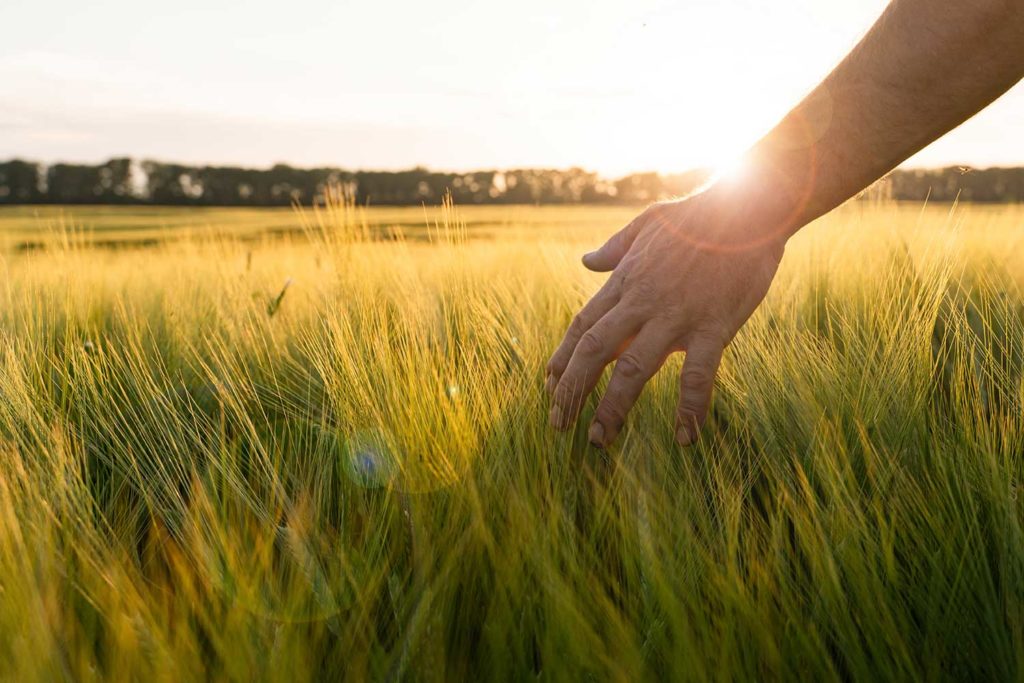Spring barley is a crop appreciated for its hardiness, rapid growth and ability to break the weed cycle in a crop rotation. To maximize its potential, the crop itinerary to follow is quite simple. Let’s review the basics:
Choose the appropriate seed variety
Long growing cycle varieties with good resistance to cold are preferable in cooler regions. In warmer climates, barleys with short growing cycles that are less sensitive to heat give the best results. Of course, soil type must also be taken into account: loam soils are best suited to varieties with vigorous tillering, while in sandy soils, varieties with well-developed root systems provide better resistance to water scarcity.
Prepare the soil for an optimal seedbed
Spring barley requires well loosened soil. Tilling or shallow tillage 10-15cm deep, followed by rolling, is necessary to encourage germination. The aim is to obtain a well-structured soil with good aeration for improved contact between the seeds and the soil. Seed coating can be an option to improve germination and emergence, protect against fungal diseases or pests, and stimulate root growth.
Wait for the soil to dry out completely before sowing
Spring barley is sown between mid-February and the end of April. The optimum time to sow depends on local weather conditions, soil temperature and weather forecasts. The aim is to ensure favorable growing conditions and avoid the risk of frost damage to young plants. Avoid sowing too early to minimize this risk. The soil must also be completely dry. It is better to postpone than to sow spring barley on wet land.
Adapt density if sowing is delayed
For spring barley, sowing density depends on the geographical area… but also on the date of sowing. When sowing is delayed, increasing the number of seeds can limit the yield loss caused by the shortening of the normal growing cycle. We recommend increasing sowing density by an average of 30 seeds per m² for every fortnight of delay. However, you should not exceed 450 seeds per m² to avoid the risk of lodging and disease (this maximum can vary slightly according to soil conditions and seed variety).
Water management: a crucial issue
Like all straw cereals, spring barley is sensitive to water shortage at certain key stages. At tillering, spring barley needs around 30-40mm of water, and 40-50 mm at the heading stage. Lack of water at these stages can have critical consequences on the number of tillers and grains, and their filling. Decreases in yield can range from 20% to 50%. It is estimated that a loss of 1mm of available water in the soil during tillering means 25 kilograms less per hectare at harvest. As a reminder, the average yield of spring barley ranges from 6,000 to 8,000 kilograms per hectare, depending on soil type and weather conditions during the growing season.



